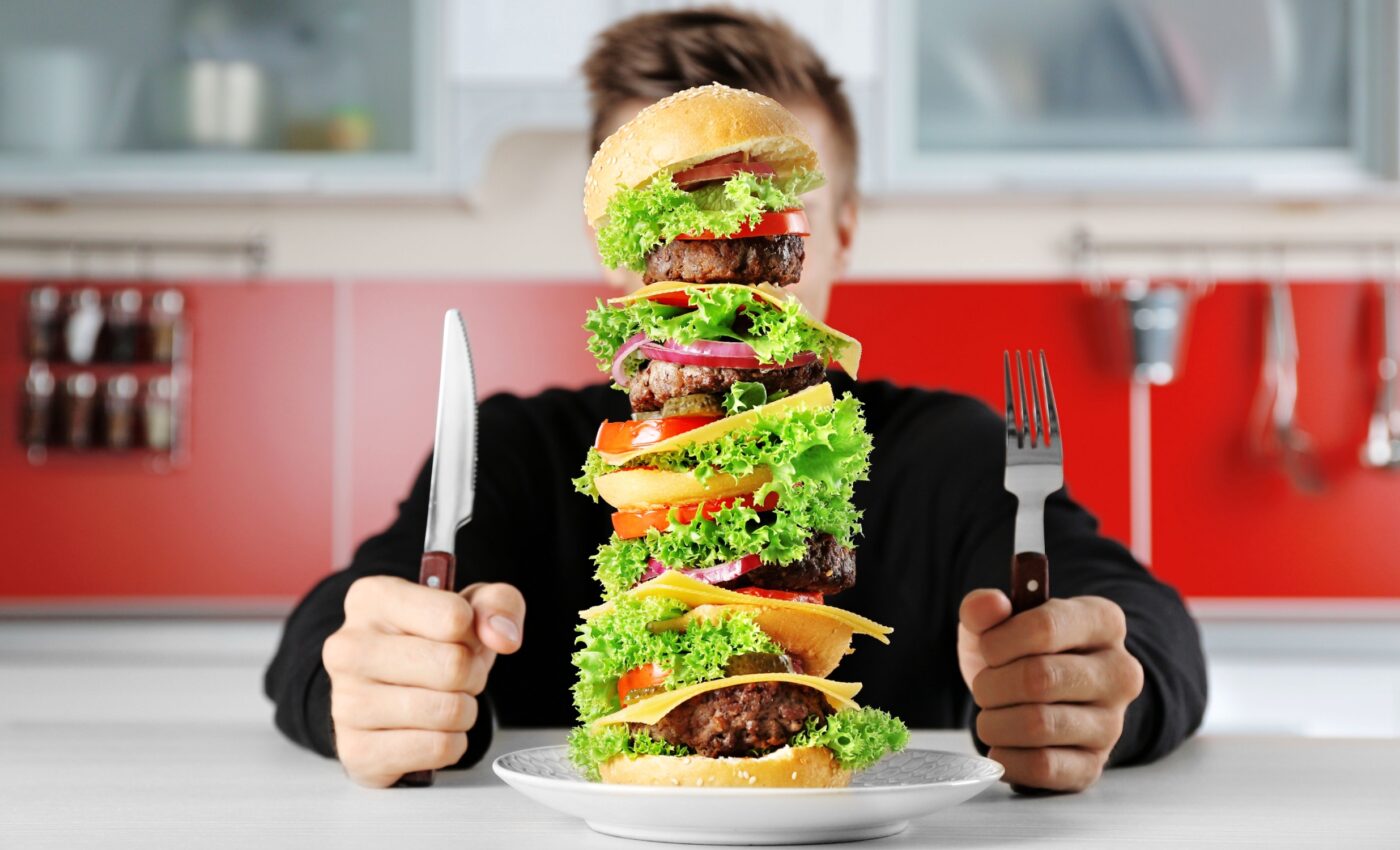
Larger snack sizes lead to quicker eating and bigger bites
Did you know that the size of your snacks can heavily influence how much you eat? It sounds bizarre, but a fascinating new study suggests that whether you’re grabbing a handful of jumbo pretzels or nibbling on mini ones makes a big difference.
The pretzel snack size experiment
Researchers at Penn State conducted a study to explore the relationship between snack size and eating patterns. They recruited 75 adults and provided them with pretzels in small, medium, and large sizes.
The researchers filmed the snacking sessions with the aim of identifying how pretzel size might influence the time people spend eating, the pace of their consumption, and the amount of food they take in with each bite.
Snack size consequences
The researchers found the following connection:
Snack size and eating speed
Participants consumed the large pretzels at a significantly faster pace compared to the smaller pretzels. Additionally, those eating the large pretzels took noticeably bigger bites.
This suggests that the physical size of a food item can subconsciously influence how quickly we eat it and the amount we take in with each mouthful.
More snacks, more calories
Data revealed that, on average, individuals ate 31% more (by weight) of the largest pretzels than the smallest ones. This directly translates to a higher calorie intake, demonstrating how easy it can be to overeat when presented with larger portions.
Unexpected salt factor
Contrary to the assumption that smaller pretzels would lead to higher sodium intake (due to increased surface area), the results indicated the opposite. Those who ate the larger pretzels ultimately consumed less sodium in total.
While the exact reason for this requires further investigation, it’s possible that the faster eating pace associated with the larger pretzels may have led to less time for the salt to fully register on the taste buds, thus impacting overall intake.
Why does this happen?
John Hayes, professor of food science at Penn State elaborated: “The study suggests that food structure — texture, size and shape — can be used to modulate eating behavior and food intake.” In other words, the way a snack is formed can make us adjust how we eat it without even thinking.
“Food geometry, specifically unit size, is of particular utility for snack foods. We’re interested in how the material properties of foods can be harnessed to help people eat less without impacting their enjoyment,” explained Professor Hayes.
Being mindful of snack size
Here’s where things get practical. Madeline Harper, graduate student in food science and lead author of the study, summed up the key takeaways.
“So, we’re suggesting that if you’re trying to watch your calorie intake or are trying to reduce the amount that you’re eating in a snack, then maybe a smaller pretzel would meet your needs better, because of the inherent way the size of the pretzel affects your eating rate,” said Harper.
“But if you’re more worried about hypertension or the amount of sodium you’re consuming, the larger pretzel might be better for you, because you’ll consume less sodium in that treatment, even though you might consume more grams of pretzel.”
Tips for snacking smart
The pretzel study illustrates that what we eat isn’t the only factor in a healthy diet – how we eat matters tremendously. Here are a few tips for snacking smart:
Portion control
Pre-bagging snacks into smaller portions can take the guesswork and temptation out of mindless munching.
When faced with a large bag or container, it’s easy to keep reaching in without realizing how much you’ve eaten. Pre-portioning creates visual boundaries and eliminates the need to make on-the-spot decisions about serving sizes.
Hence, instead of grabbing handfuls from the main bag, divide your favorite snacks into individual serving-size bags or containers. This way you can satisfy a craving without the risk of overindulging.
Slow it down
Regardless of the snack, focus on eating slowly and taking smaller bites. Enjoy the flavor and texture – you might be surprised how much less you feel like eating.
Eating quickly can override your body’s natural fullness signals. By slowing down, you give your brain time to register that you’re satisfied, preventing you from eating more than you need.
Put your snack down between bites, chew thoroughly, and focus on savoring the taste and texture of your food. This mindful approach will help you feel satiated with less.
Variety is key
Even if you love jumbo pretzels, mix in other snacks of different shapes and textures to keep your eating habits flexible.
Eating the same type of snack repeatedly can lead to boredom and overconsumption. Variety keeps things interesting and encourages more balanced choices.
Stock your pantry with a range of snacks that vary in flavor, texture, and size. Try fruits, nuts, yogurt, or whole-grain crackers alongside your favorite pretzels for a diverse and satisfying snacking experience.
Study significance
This study not only sheds light on how snack size can manipulate our eating pace and portion size but also offers a potential tool for managing snack consumption more effectively. Whether you’re watching your calories or monitoring sodium intake, the size of your snacks could be a key factor to consider.
The findings, supported by the U.S. Department of Agriculture, pave the way for more informed snack choices and a deeper understanding of our eating behaviors.
The study is published in the journal Appetite.
—–
Like what you read? Subscribe to our newsletter for engaging articles, exclusive content, and the latest updates.
Check us out on EarthSnap, a free app brought to you by Eric Ralls and Earth.com.
—–













